Often perceived as a nation that’s indifferent to animal welfare, the backlash against the 2014 Yulin dog-eating festival laid bare the modern dichotomy of China’s social and cultural psyche. Culinary tradition, Chinese medicine and testing on animals compete with the life-valuing tenets of Buddhist and Taoist philosophy and growing activism.
Chinese cuisine remains a major obstacle. Companion animals such as dogs and cats are still popular gastronomic choices in certain regions, while endangered species and exotic meats are perceived by some as giving face or health benefits. Activists estimate that around two million cats and dogs are slaughtered each year for human consumption. At the Yulin festival, the number of dogs killed annually is believed to be around 10,000, as people consume them barbecued, stir-fried or boiled.
This year, a small but determined group of animal rights activists threw a powerful wrench in the works, hitting global headlines. This was in part due to fights and an incident involving an irate vendor, a noose, a dog and a requested ransom. Although only a few dozen activists were reported as protesting in Yulin, their message to some extent reflects the growing sensibilities of younger, educated and urban Chinese – the most likely demographic to be compassionate towards animals. In a nation of burgeoning dog lovers, it’s also becoming hard for many to reconcile culinary freedom with owning a pet or tolerate barbarity for the sake of tradition.
Though consuming canines is not illegal, the supply chain that puts man’s best friend on the menu generally is. Angela Zheng, Companion Animal Project Officer for the International Fund for Animal Welfare (IFAW), says that the money-driven dog meat industry hinges on the traditional Chinese medicine (TCM) fallacy that it offers unique health benefits. Dog meat is now in fact more popular than 20 years ago, but “Chinese law requires that each dog has a certificate, vaccination and inspection,” says Zheng, before citing the Beijing Small Animals Veterinary Association: “To do the dog meat business legally, the meat would cost much more than beef.” Using poison and traps for capture, the business – including the cooking process – is far from humane.
In July 2010, Shanghai filmmaker and animal rights activist Guo He made headlines with an exposé on China’s cat meat industry, a scene from which was described in Shanghai’s Bund Pictorial: “At Fa’s Cat Restaurant in Guangzhou’s Kaiping city, the cook throws cats… into an iron bucket and beats them with a wooden stick. Five minutes later, the already-stiffening cats are tipped out of the bucket into a cylindrical fur-removing machine. The machine screeches into action and shortly the bloodied corpses are removed and taken to the kitchen for boiling. The cook explains: ‘The worse you treat them the better they taste. It makes sure the blood gets into the meat and it tastes delicious.’”
Sensitive to its position on the global stage and an increasingly vocal public, the Chinese government has responded pragmatically. Sale of dog meat was banned in Beijing restaurants during the 2008 Olympics, and at the end of 2011, officials cancelled a 600-year-old dog meat festival in eastern China’s Zhejiang Province on the back of a mass public outcry. At the 2014 Yulin festival, officials were forbidden from openly attending and, according to Chinese media, dog meat sales were down a third.
The country’s celebrities have joined the drive to protect pets. In support of canines, popular actress Yang Mi posted to her 35 million followers that “Dogs are more loyal to people than I'd imagined – I think of dogs as friends, not meat.”
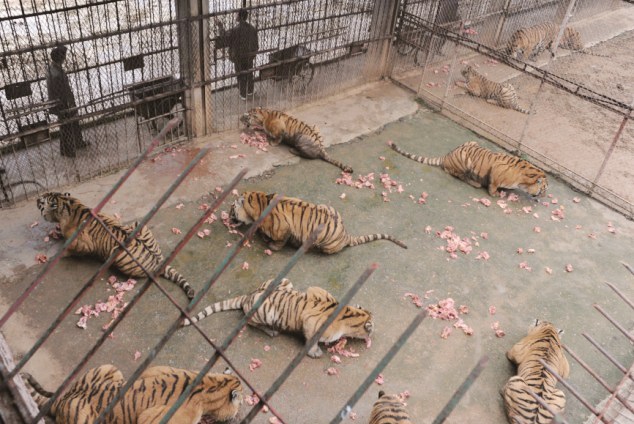 Controversial artist Ai Weiwei is among those who have pushed for strengthening animal welfare, as are world-famous figures such as Jackie Chan, who has spoken out against bear-bile farming, and Yao Ming, who participated in a high-profile campaign targeting elephant and rhino poaching. In 2012, pop singer Yu Kewei photographed a truck in Sichuan loaded with dogs heading for a slaughterhouse in Guangxi and received a flood of support, although no action could be taken as the truck had crossed the provincial border. Last year, over 70 Chinese stars signed a petition opposing a planned IPO by a Fujian company that made medicines from bear bile.
Controversial artist Ai Weiwei is among those who have pushed for strengthening animal welfare, as are world-famous figures such as Jackie Chan, who has spoken out against bear-bile farming, and Yao Ming, who participated in a high-profile campaign targeting elephant and rhino poaching. In 2012, pop singer Yu Kewei photographed a truck in Sichuan loaded with dogs heading for a slaughterhouse in Guangxi and received a flood of support, although no action could be taken as the truck had crossed the provincial border. Last year, over 70 Chinese stars signed a petition opposing a planned IPO by a Fujian company that made medicines from bear bile.
Extracting bile directly from the livers of live bears with a catheter is one extremely painful and potentially deadly example of how animal products are used in TCM for their supposed healing properties. According to CNN, more than 7,000 bears are kept on 200 farms in China. Farming has had no effect on illegal bear poaching, however; nor, apparently, has the fact that ursodeoxycholic – the sought-after ingredient – can be synthesized and is available worldwide.
In TCM, tiger bones have been applied to wines, plasters and medicines to treat arthritis and other joint ailments. This has contributed to the demise of the South China Tiger, which is now functionally extinct. Today, the legacy of this majestic species is 5,000 specimens confined to cages on farms in China, often declawed and woefully under-stimulated.
Distilleries have also been associated with tiger farms. In 2006, an investigator from IFAW gained access to a wine factory run by the same company that manages the Guilin Xiongsen Bear and Tiger Park. The investigator found that 1,000 containers of wine contained animal parts ‘produced’ on the premises.
China, however, banned the domestic tiger bone trade in 1993, and tiger bones have been removed from the official TCM pharmacopoeia. Many practitioners refuse to use medicines that contain tiger parts, seeking alternatives instead.
The demand-side problem with tigers and other endangered species is exacerbated by the mystique of TCM. Hard-to-get, exorbitantly expensive ingredients are attractive to a certain face-loving segment of society, as much for prestige as for perceived medicinal benefit.
IFAW’s Jeff He says that “society’s awareness about conservation and protecting species is waking up, but the nouveau riche is expanding rapidly. Not so many are aware of their responsibility, so consumption of animal products is increasing.” In the case of ivory, he cites an IFAW survey that reveals ignorance is also a key issue: “70 percent of people do not know that elephant’s have to die to give up their tusks,” and, upon being told, “83 percent said they would not buy ivory.”
The news is more encouraging, however, when it comes to animal testing. China’s USD32 billion beauty market previously required that multinationals trial their products on animals, including practices such as dripping ingredients into rabbits’ eyes. According to Humane Society International, chemical evaluations for cosmetics involve more than 300,000 rabbits, mice and other animals each year. However, China’s Food and Drug Administration relaxed laws last year, enabling local companies to use other data – including overseas testing without animals – to demonstrate product safety.
Despite a 1988 law that bans the killing of wildlife in China, no regulations protect against abuse. Although legislation against animal cruelty was tabled but not passed in 2009, the government has still adopted a series of recent pro-animal measures. These include laws against animal performances in zoos, pulling baby tigers’ teeth, selling animal parts in stores and restaurants and making animal welfare and protection studies mandatory for veterinary students.
The animal rights movement has gathered momentum over the past decade and grown surprisingly quickly, with organizations such as IFAW, Animals Asia – which runs a sanctuary for bears rescued from bile farming – and Chinese Animal Protection Network (CAPN) leading the charge.
In addition to the NGOs, volunteer coalitions, vocal online citizens, celebrities and direct government action are boosting efforts to combat cruelty and improve animal rights. As Animals Asia’s Jill Robinson points out, “The past couple of years have seen Chinese animal welfare advocates ban the US rodeo from entering Beijing, demonstrate against the import of seal parts from Canada, end barbaric live animal feeding in zoos, prevent the construction of a foie gras factory and rescue thousands of dogs and cats from the meat trade.”
The Mao era witnessed a time when compassion for animals was regarded as bourgeois. Now, Professor Mang Ping at China’s Central Institute of Socialism calls for greater action to return to the traditional values expounded by Taoism and Buddhism: “Today, we see bears riding bikes, animals cruelly treated in labs and so on, but can we return to our traditional culture? Our culture is embedded in benevolence, which is the core of Buddhism – and if we lose benevolence, we lose Chinese culture.”
Where poverty and runaway materialism coexist, however, welfare becomes secondary, because animals are simply seen as a money-making tool. Thus, media reports continue to catalog atrocities such as Beijing’s dog-fighting scene, details of which began to emerge in 2012, and the toxic dog meat scandal reported by Ningbo Daily in August this year – 17 people were arrested in connection with 38 tons of poisoned dog meat that a seven-strong gang had sold on after snatching and then killing dogs by cyanide and anesthetic injections.
Changing perceptions and tougher laws will probably continue to improve the treatment of animals. For companion animals, the prognosis is optimistic; for many endangered species, it may be a case of too little too late.
China’s endangered species
China’s rich biodiversity is such that it’s home to 10 percent of the world’s flora and fauna species. Human behavior, however, threatens the existence of many native animals and has made others functionally extinct.
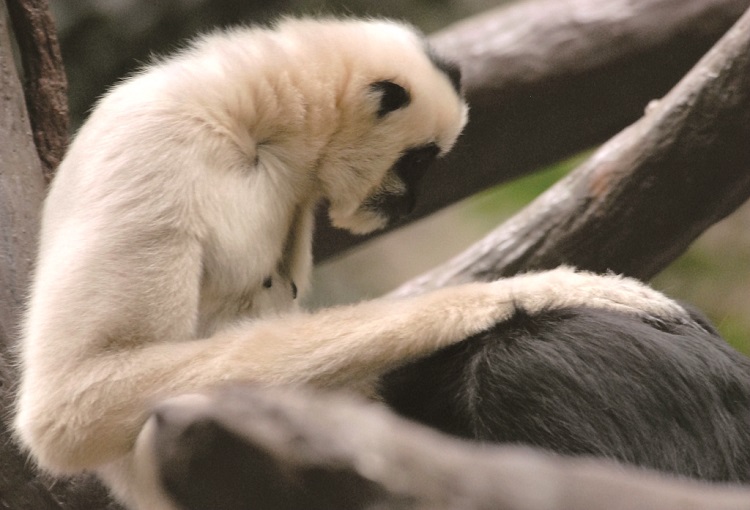 Hainan Black-crested Gibbon
Hainan Black-crested Gibbon
Location: Hainan
Threats: Logging and tourism
Numbers in the wild: Down from 2,000 in the 1950s to 22
 South China Tiger
South China Tiger
Location: Previously Fujian, Guangdong, Hunan and Jiangxi
Threats: Already functionally extinct due to poaching and the anti-pest drive during the Great Leap Forward
Numbers in the wild: Most likely zero, though there is a slim chance that some still exist
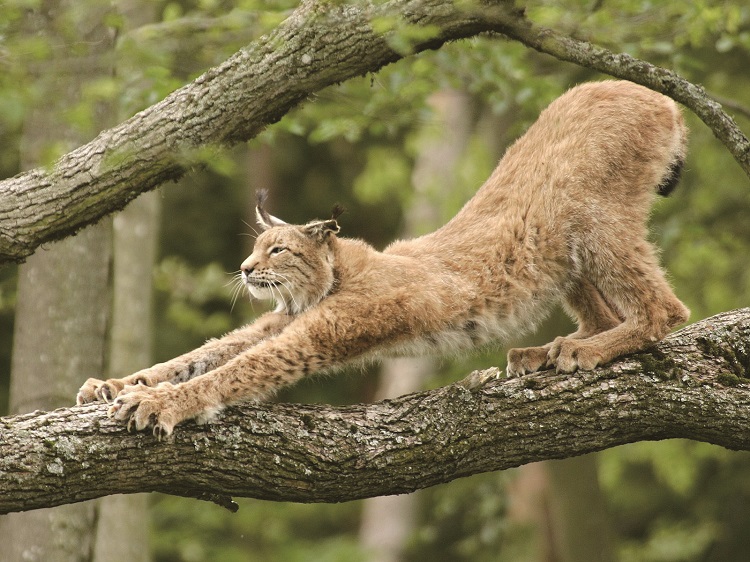 Chinese Mountain Cat
Chinese Mountain Cat
Location: Tibet, Qinghai and Sichuan mountains
Threat: The poisoning of its main prey, pikas, by humans
Numbers in the wild: Unknown, but low; only discovered in 2007
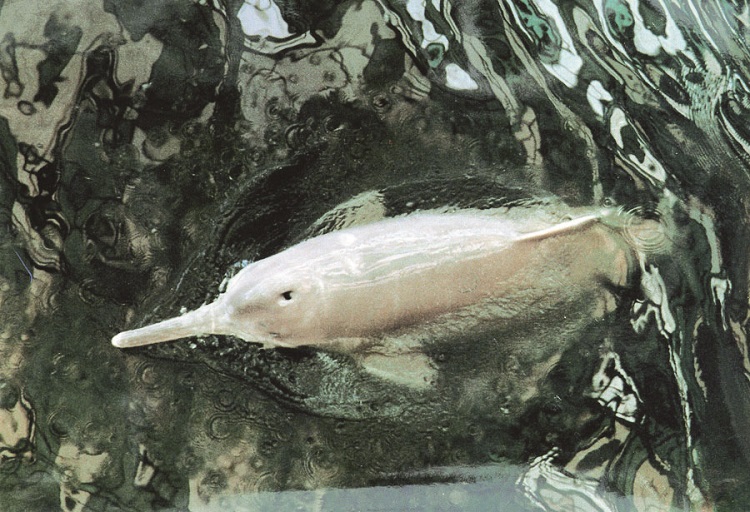 Baiji (freshwater dolphin)
Baiji (freshwater dolphin)
Location: Yangtze River
Threats: Declared functionally extinct in 2006 due to industrialization and pressure from humans (12 percent of the world’s population work and live around the Yangtze River)
Numbers in the wild: Zero. Baiji are also the first well-studied cetaceous species that have become extinct as a direct result of mankind’s actions
 Chinese Sturgeon
Chinese Sturgeon
Location: Throughout China
Threats: Critically endangered by habitat loss and overfishing; however, the giant 500-kilo aquatic animal is fiercely protected by the government and is a national symbol alongside fellow endangered species, the panda
Numbers in the wild: A few hundred
 Sichuan Partridge
Sichuan Partridge
Locations: Southern Sichuan
Threats: Logging prior to the 1998 ban
Numbers in the wild: Unknown, though protected reserves should enable recovery and a stable population
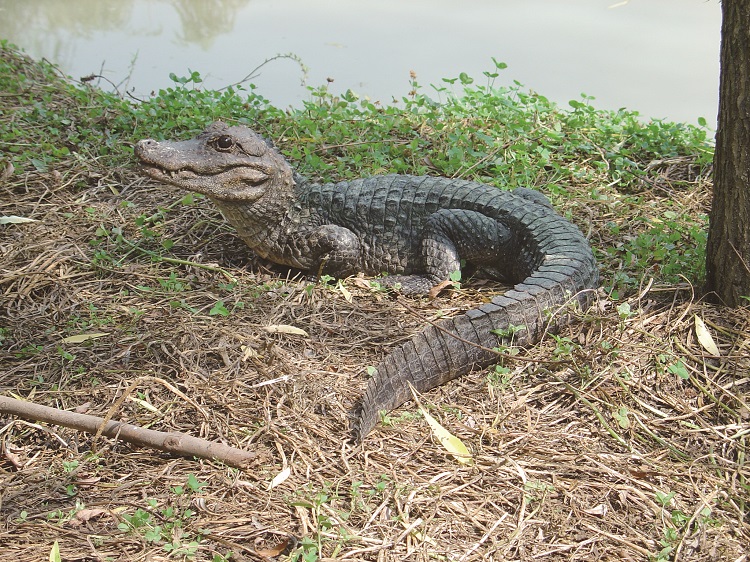 Chinese Alligator
Chinese Alligator
Locations: Originally throughout the country; by the 1950s, southern area of the Yangtze River, southern Anhui mountains, Jiangsu and Zhejiang
Threats: Habitat loss, conversion of wetlands to rice paddies
Numbers in the wild: Zero, though breeding programs aim to reintroduce this fully armored reptile into the wild
Mangshan Pit Viper 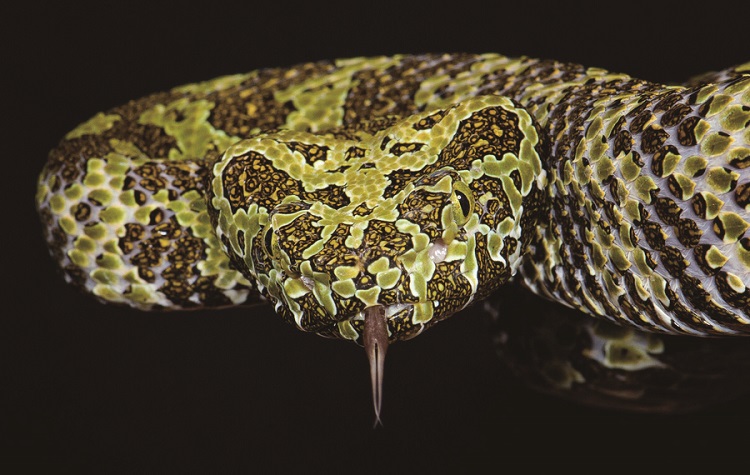
Locations: Hunan’s Mangshan Mountain and Guangdong
Threats: International pet trade
Numbers in the wild: Unknown, though considered endangered
Yunnan Box Turtle 
Locations: Yunnan
Threats: Pet trade
Numbers in the wild: Small wild population; very vulnerable as highly sought after




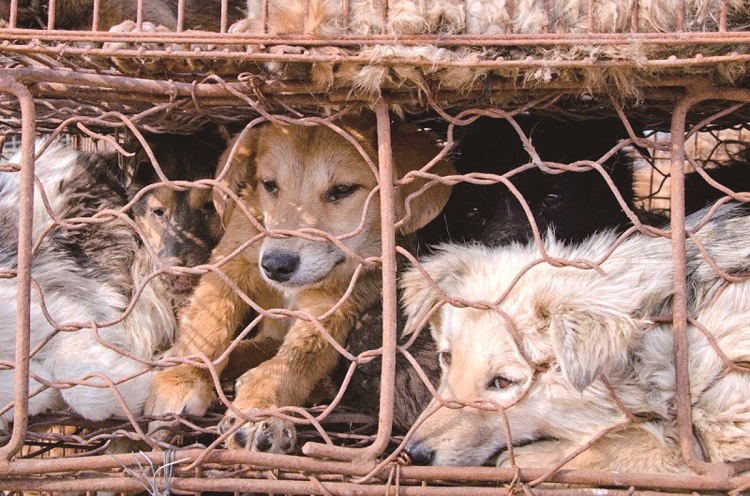

















0 User Comments